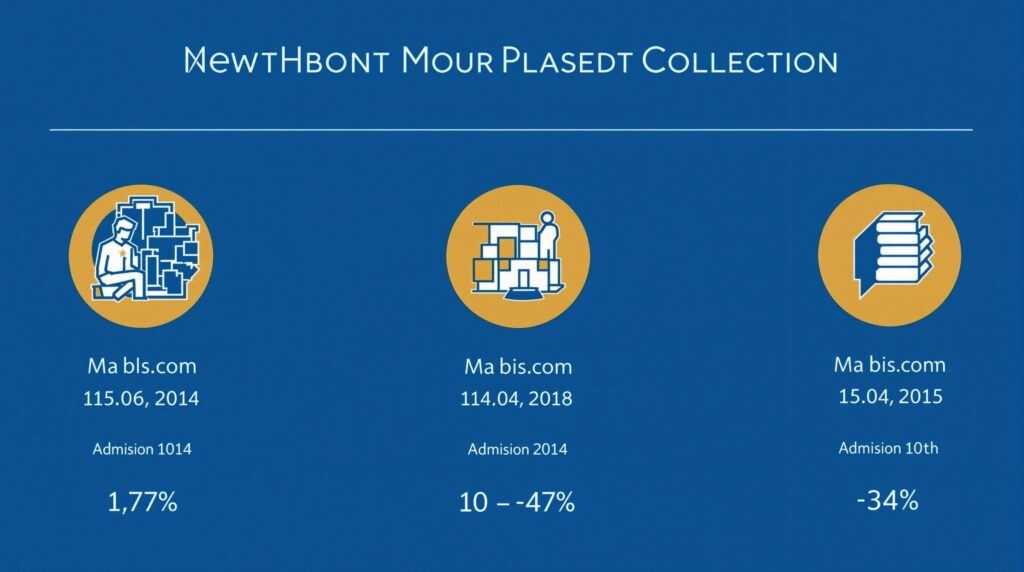Understanding educational funding is crucial for navigating college expenses. Is there any difference between grant and aid? While these terms are often used interchangeably, grants are actually a specific type of financial aid that doesn’t require repayment, whereas financial aid encompasses all forms of assistance including grants, scholarships, loans, and work-study opportunities.
Key Takeaways
- Grants are non-repayable funds based primarily on financial need, while financial aid is the broader umbrella term
- The Pell Grant program distributed $29.8 billion in 2023-24, with over 34% of undergraduates receiving this support
- Recent FAFSA simplification expanded Pell Grant eligibility, benefiting 540,000+ additional students
- Students should prioritize free money (grants and scholarships) before considering loans
- Different funding types can shape career trajectories, with specialized grants available for specific fields
Understanding Educational Funding: The Basics
When exploring college financing options, understanding the fundamental differences between funding types is essential. Grants represent just one piece of the financial aid puzzle—specifically, they’re non-repayable funds awarded to students demonstrating financial need. Financial aid, on the other hand, serves as the comprehensive term for all types of educational funding, from free money to repayable loans.
Recent reforms to the Student Aid Index (SAI) have significantly expanded grant accessibility. The updated formula has increased Pell Grant awards by 3.6% and opened doors for over 540,000 additional students in 2024 alone. For the 2023-24 academic year, the federal government allocated $29.8 billion specifically for Pell Grants, with 51% of these funds supporting families earning under $20,000 annually.

Defining Grants: Free Money for Education
Grants are true financial gifts for education—money that never needs to be paid back. These funds are typically awarded by governments, educational institutions, or nonprofit organizations based on financial need rather than academic merit or specific accomplishments. The most well-known federal grant program is the Pell Grant, which provides critical support for undergraduate students with exceptional financial need.
For the 2025-26 academic year, the maximum Pell Grant award has reached $7,395, though the average recipient receives about $4,491. With over 34% of undergraduates benefiting from Pell Grants and 88% of these funds flowing to public universities, these grants play a crucial role in making higher education accessible. Beyond Pell, other important grant programs include:
- Federal Supplemental Educational Opportunity Grants (FSEOG) – Providing up to $4,000 annually to the neediest Pell recipients
- TEACH Grants – Offering $4,000 yearly for students committed to teaching in high-need fields
- State-specific grants – Varying widely by location (For instance, California distributed $938 million in Pell Grants to nearly 939,000 students in 2023)
These federal financial assistance programs create pathways for students who might otherwise be unable to pursue higher education.
Financial Aid Beyond Grants: Scholarships, Loans, and Work-Study
While grants focus on financial need, the broader financial aid landscape includes several other important funding mechanisms. Scholarships represent merit-based awards recognizing academic excellence, athletic prowess, or artistic talent—rarely considering financial circumstances. Only one in eight students receives private scholarships, with awards averaging around $4,000 annually.
Loans constitute another major component of financial aid but differ fundamentally from grants and scholarships because they require full repayment with interest. Federal student loans typically offer more favorable terms than private options, including lower interest rates and more flexible repayment plans.
Work-study programs provide a unique approach to financial aid by offering part-time employment opportunities for students with financial need. These positions often align with career interests and provide valuable professional experience, with 28% of participants reporting improved employability after graduation.
Key Differences: Grants vs. Other Financial Aid Options
Understanding the distinctions between different funding types helps students make more informed financial decisions. Grants stand apart from other aid options in several important ways:
- Grants are exclusively need-based, while broader financial aid includes both need and merit-based options
- Unlike loans (which are also part of financial aid), grants never require repayment
- Grant eligibility primarily depends on financial need, whereas other aid may consider merit, field of study, or demographics
- Grants come primarily from government and nonprofit sources, while financial aid includes institutional and private funding
These differences manifest in practical terms across educational settings. Students at public four-year universities receive average Pell Grants of $5,320, compared to $4,414 at community colleges, according to Education Data Initiative.
Applying for Educational Funding: FAFSA and the New SAI Formula
The 2024-25 FAFSA simplification represents a major overhaul of the application process, expanding Pell eligibility through the updated Student Aid Index formula. This change has increased the recipient pool by 12.6%, making college more accessible for thousands of students.
The application process follows a consistent pattern regardless of your institution:
- Submit the FAFSA annually (as early as October 1 for the following academic year)
- Review your Student Aid Report (SAR) to understand your SAI
- Accept aid offers from institutions
While the federal FAFSA deadline is June 30 annually, state deadlines vary considerably. For example, California’s deadline falls on March 2, highlighting the importance of researching specific requirements for your location. Applying early maximizes your grant eligibility—data shows 17% more Pell funds were awarded to early applicants in 2024.
Understanding how to write effective grant proposals can further enhance your chances of securing additional funding beyond standard federal programs.
Impact on Career Paths: How Funding Shapes Professional Trajectories
The type of financial aid you receive can significantly influence your post-graduation career options. In 2023, 220,000 additional students gained Pell eligibility, enabling enrollment in high-demand fields like healthcare and education that might otherwise have remained out of reach.
Some funding sources directly shape career decisions. The TEACH Grant exemplifies this connection by providing funding in exchange for a four-year teaching commitment in underserved areas. Similarly, loans enable access to higher-cost institutions but may limit post-graduation career choices due to debt burden—potentially steering graduates toward higher-paying fields rather than public service.
Different funding types support specific career objectives. Students pursuing education careers may benefit most from TEACH Grants, while those in STEM fields might access specialized National Science Foundation grants. Need-based grants like Pell often have the most significant impact on first-generation college students’ career mobility, opening doors that might otherwise remain closed.
Maximizing Your Educational Funding: Strategic Approaches
To make the most of available funding opportunities, I recommend a strategic approach to financial aid. Start by prioritizing grants and scholarships to minimize debt—apply for Pell Grants and institutional aid before considering loans. This free money should form the foundation of your educational funding plan.
Align your aid selection with career goals by pursuing specialized grants for your intended field. Many national foundations offer educational grants targeting specific career paths or underrepresented groups.
When calculating needed funding, consider the total cost of attendance beyond just tuition—including books, housing, meals, and transportation. Research potential schools’ aid distribution patterns; for example, Maryland data shows 45% of Hagerstown Community College students received Pell Grants in 2023.
Finally, stay informed about legislative changes to financial aid formulas that may affect your eligibility and award amounts. The recent FAFSA simplification demonstrates how policy shifts can create new opportunities for funding—with automatic adjustments that may increase future Pell awards for eligible students.
Sources
nasfaa.org – Analysis: Pell Grant Awards Grew Under New Federal Financial Aid Formula
urban.org – How New Federal Financial Aid Formula Affected Pell Grants
insidehighered.com – Overhaul of Federal Aid Formula to Boost Pell Eligibility
educationdata.org – Pell Grant Statistics
mhec.maryland.gov – FY2023 Pell Grant Recipients



